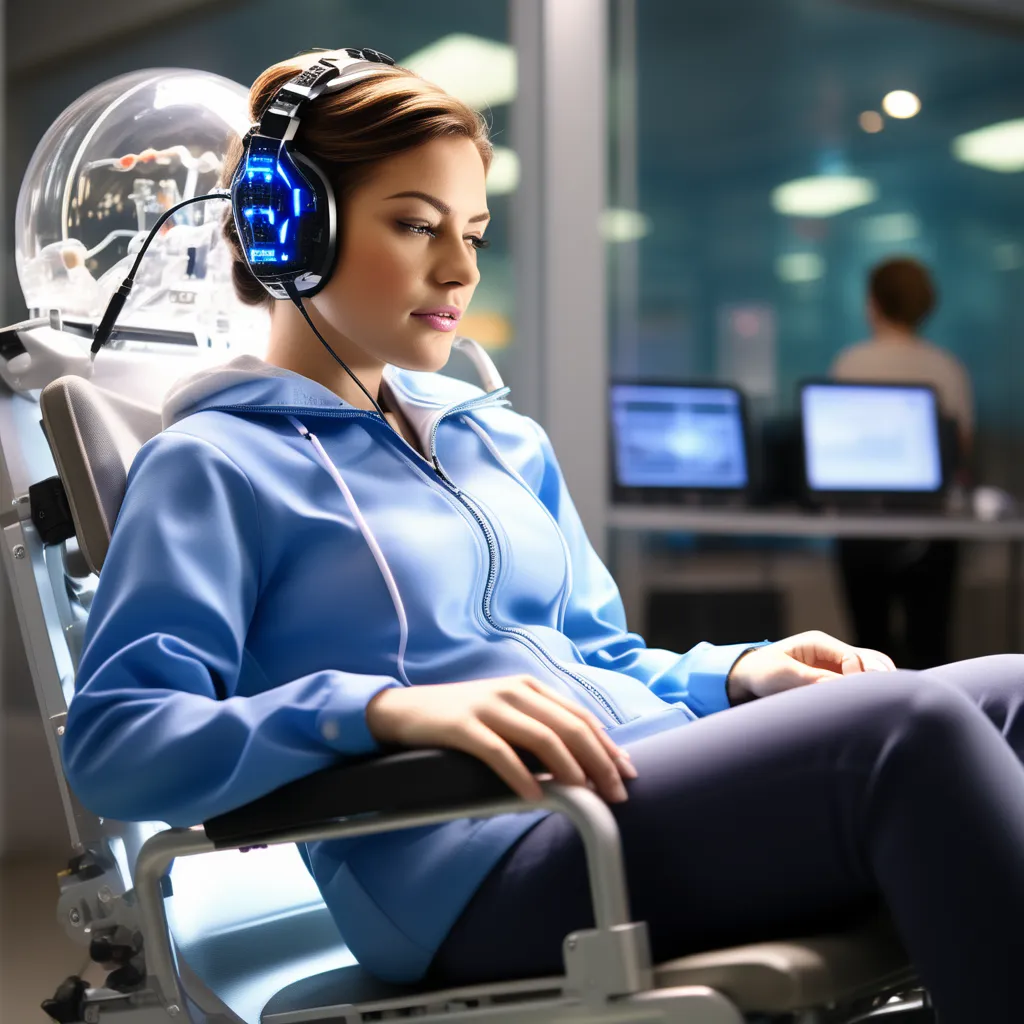Major Leap in Brain-Computer Interface for Paralyzed Patients
Imagine being trapped within your own body, unable to move or communicate with the outside world. This is the harsh reality for many individuals who have experienced severe paralysis due to accidents or medical conditions. However, a recent breakthrough in brain-computer interface (BCI) technology is offering new hope and a chance to bridge the gap between the mind and the body.

A Personal Connection to the Cause
Before delving into this remarkable advancement, I'd like to share a personal connection to this cause. A close friend of mine, Sarah, suffered a spinal cord injury in a car accident several years ago. Witnessing her struggle to adapt to life with limited mobility has been both eye-opening and heart-wrenching. It's a testament to the importance of innovations like BCIs in improving the lives of paralyzed individuals.
The Power of Brain-Computer Interfaces
1. Understanding BCIs
BCIs are devices that establish a direct communication channel between the brain and external devices, such as computers or robotic limbs. They work by translating the user's brain signals into commands that can control various applications.
2. A Game-Changer for Paralyzed Individuals
For those with severe paralysis, BCIs represent a glimmer of hope. These interfaces can potentially restore lost independence by enabling paralyzed individuals to perform everyday tasks and interact with the world in ways they never thought possible.
The Recent Breakthrough
Now, let's dive into the groundbreaking advancement in BCI technology.
1. High-Density Electrode Arrays
One of the most significant developments is the use of high-density electrode arrays that allow for more precise and detailed readings of brain activity. In the past, BCIs often relied on a limited number of electrodes, making fine control challenging.
2. Enhanced Machine Learning Algorithms
Another crucial component of this leap forward is the use of advanced machine learning algorithms. These algorithms can decipher complex brain patterns and convert them into meaningful actions, such as moving a cursor on a screen or even controlling a robotic arm.
Real-World Applications
The real beauty of this breakthrough lies in its potential applications.
1. Improved Communication
BCIs can help paralyzed individuals communicate more effectively. Imagine being able to send text messages, browse the internet, or compose emails simply by thinking about the words you want to convey.
2. Restoring Mobility
For those who have lost the ability to move, BCIs offer the promise of regaining mobility. This could involve controlling exoskeletons, wheelchairs, or even their own limbs through the power of thought.
3. Reclaiming Independence
Perhaps one of the most profound impacts of BCIs is the restoration of independence. Paralyzed individuals may gain the ability to perform essential daily tasks, such as eating, dressing, or simply turning on a light switch.
Challenges on the Horizon
While the progress in BCI technology is undeniable, challenges remain.
1. Accessibility
Making BCIs accessible to a wider range of individuals is a priority. Cost and availability can be barriers, and efforts are needed to ensure that these life-changing technologies reach those who need them most.
2. Ethical Considerations
As BCIs become more advanced, ethical questions emerge, including concerns about privacy, consent, and the potential misuse of brain data. These issues must be addressed as BCIs become more integrated into our lives.
A Promising Future
The recent breakthrough in BCI technology is not just a scientific achievement; it's a ray of hope for individuals like my friend Sarah and countless others who face the daily challenges of severe paralysis. It's a reminder that human innovation knows no bounds when it comes to improving lives.
As BCIs continue to evolve, we can look forward to a future where the boundaries between mind and body are blurred. The personal stories of paralyzed individuals regaining their independence and dignity through this technology are a testament to the incredible potential of BCIs.
While challenges remain, the progress made in recent years gives us reason to be optimistic. With continued research, innovation, and a commitment to making these technologies accessible to all who need them, we are moving closer to a world where paralysis is no longer a barrier to living life to the fullest.

No comments:
Post a Comment